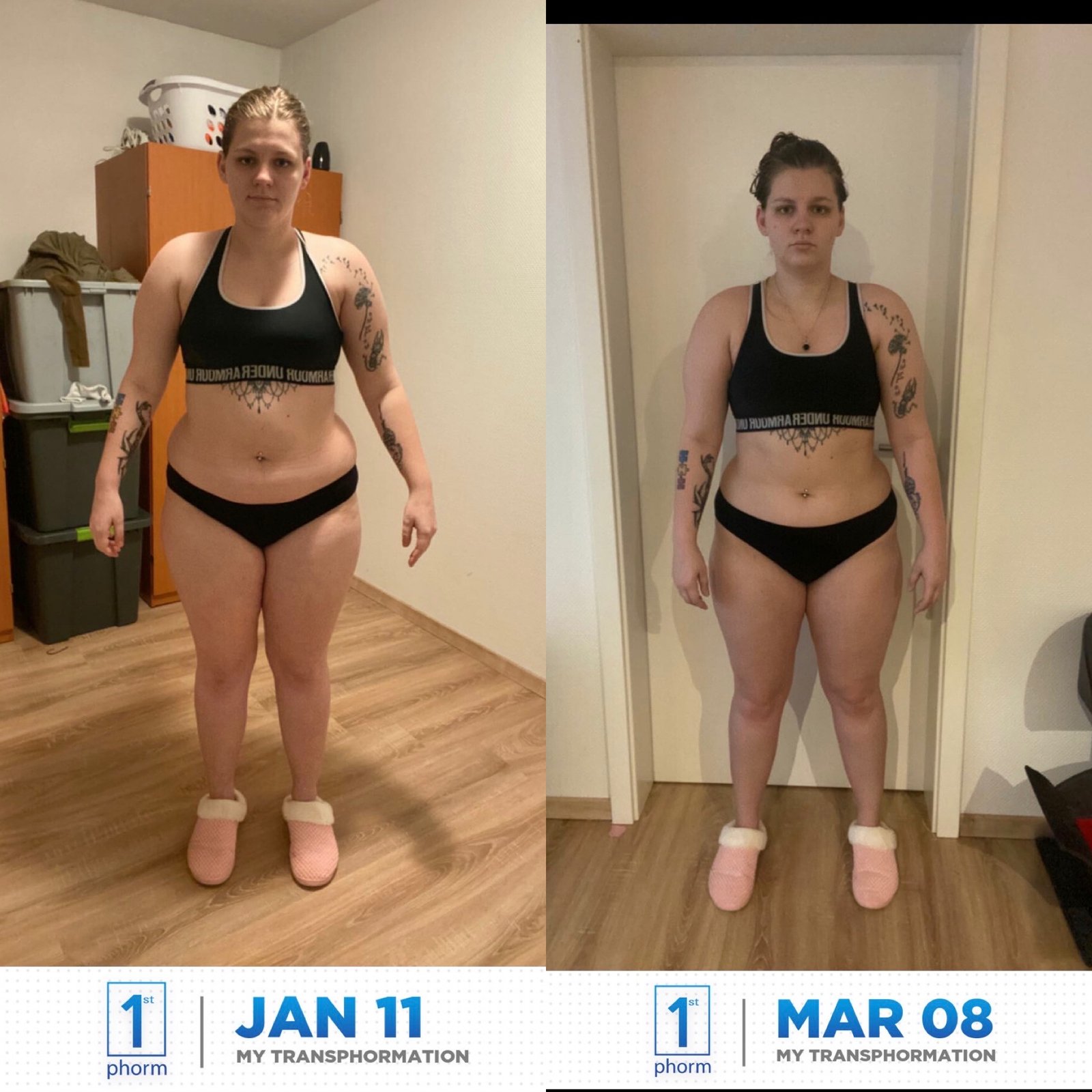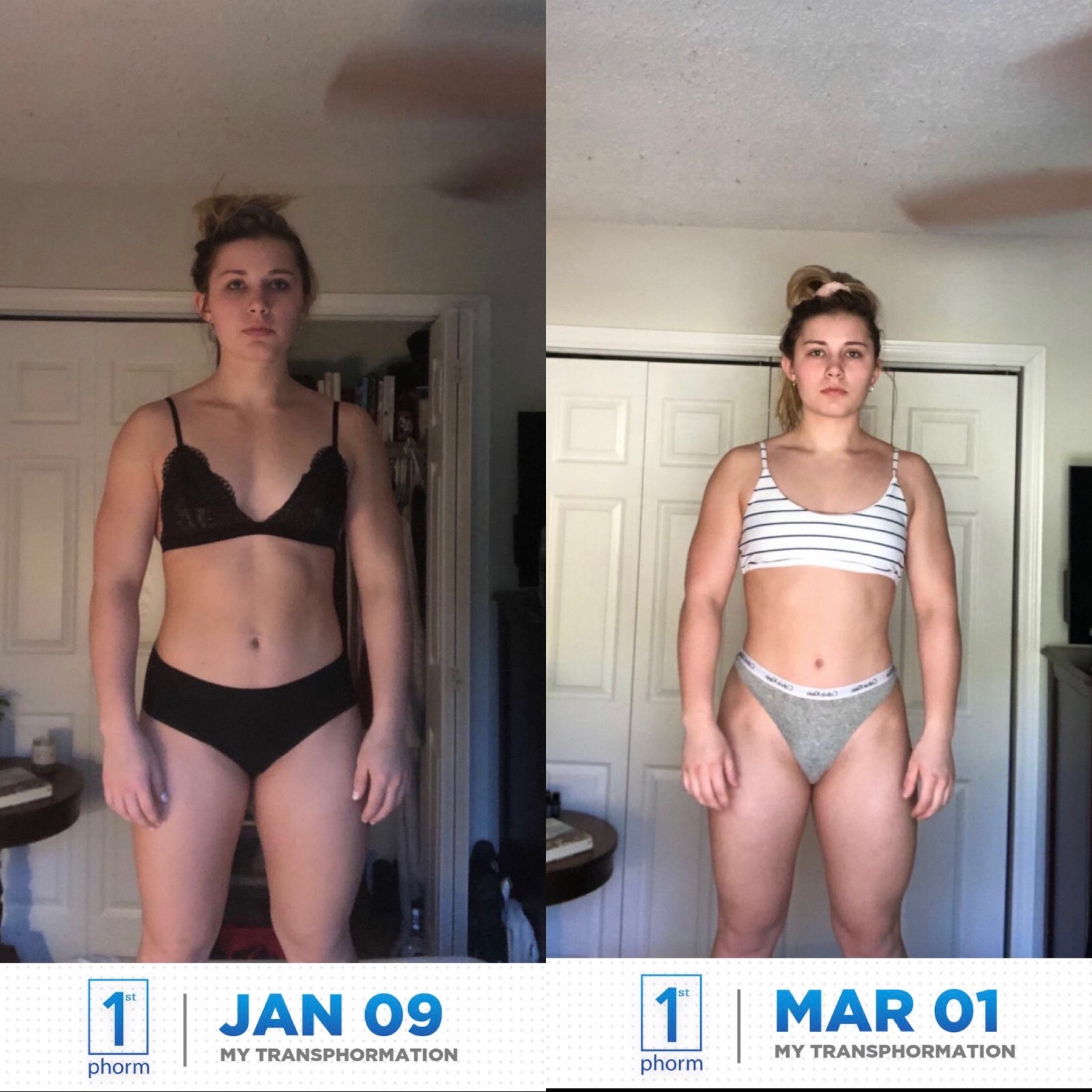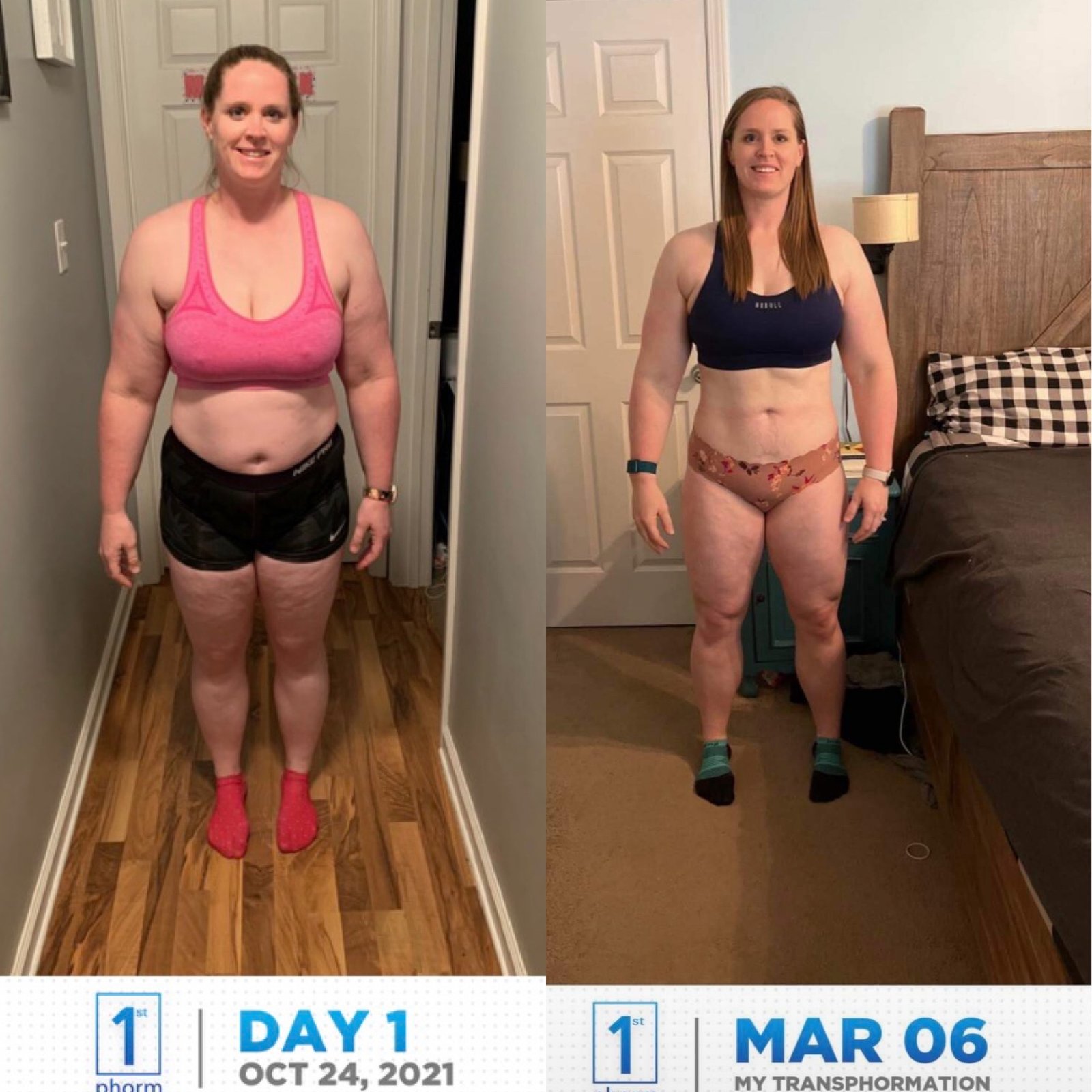High-Intensity Interval Training, or HIIT for short, is a type of exercise that has been gaining popularity in recent years. HIIT involves short bursts of intense exercise followed by periods of rest or lower-intensity activity. This style of workout is known for its efficiency and effectiveness in improving cardiovascular health, boosting metabolism, and accelerating weight loss.
In this article, we will explore the science behind HIIT and its benefits for weight loss. We will discuss how HIIT can help burn calories, promote fat loss, and build muscle mass. Additionally, we will provide practical tips for incorporating HIIT into your fitness routine and highlight important safety considerations.
Key Takeaways:
- HIIT involves short bursts of intense exercise followed by rest or lower-intensity activity.
- HIIT is effective for weight loss due to its impact on metabolism, fat burning processes, and muscle growth.
- Incorporating HIIT into your fitness routine can help prevent metabolic adaptation and lead to continued progress.
- It is important to follow safety precautions when performing HIIT workouts.
- Tracking progress and results can help assess improvements in endurance and strength when engaging in HIIT workouts.
What is HIIT?
HIIT stands for High-Intensity Interval Training, a type of workout that involves short periods of intense exercise followed by brief recovery periods. Unlike traditional cardio workouts that involve sustained periods of moderate intensity, HIIT workouts are designed to push your body to its limits in a shorter amount of time.
The key principle behind HIIT is that it forces your body to work harder and burn more calories during and after your workout. By alternating between high-intensity exercise and recovery periods, HIIT helps to increase your heart rate, boost your metabolism, and promote fat loss.
Some popular HIIT exercises include sprinting, jumping jacks, and burpees. HIIT workouts can be done with or without equipment, making them a convenient option for those who don’t have access to a gym or prefer to workout at home.
While HIIT can be challenging, it’s a highly effective way to improve overall fitness and achieve weight loss goals. In the following sections, we’ll take a closer look at the science behind HIIT and its specific benefits for weight loss.
The Science Behind HIIT
High-Intensity Interval Training (HIIT) has gained popularity in the fitness world for its proven effectiveness in weight loss. But what exactly makes HIIT such a successful workout? The answer lies in the science behind it.
Metabolism
HIIT is a type of workout that involves short bursts of intense exercise followed by periods of active rest or complete rest. This pattern of exercising leads to a phenomenon known as Excess Post-Exercise Oxygen Consumption (EPOC) or the afterburn effect. During EPOC, the body continues to burn calories at an elevated rate, even after the workout has ended.
Studies have shown that HIIT can increase metabolic rate up to 24 hours after a workout, leading to more calories being burned throughout the day. Additionally, it is suggested that HIIT can stimulate the production of human growth hormone (HGH), which helps to break down fat and build muscle.
Fat Burning
HIIT workouts are also effective at burning fat. During a HIIT workout, the body uses both carbohydrates and fat as fuel sources, with fat being the primary source during the periods of rest. The increase in EPOC also means that the body continues to burn fat after the workout has ended.
Research has shown that HIIT can lead to significant reductions in body fat, including abdominal fat, without a loss in muscle mass. This is in contrast to steady-state cardio, which can result in a loss of both fat and muscle.
Muscle Growth
Contrary to popular belief, HIIT can also contribute to building muscle mass. The high intensity of the workout causes muscle fibers to recruit and work harder than traditional cardio workouts. This, in turn, leads to an increase in muscle protein synthesis, which is essential for muscle growth.
HIIT can also be combined with strength training to achieve optimal muscle growth results. A study published in the Journal of Strength and Conditioning Research found that combining HIIT with resistance training led to greater improvements in muscle mass and strength compared to resistance training alone.
Overall, the science behind HIIT shows that it is a highly effective workout for weight loss, fat burning, and muscle growth. By incorporating HIIT into your fitness routine, you can achieve optimal results in a shorter amount of time.
The Benefits of HIIT for Weight Loss
High-Intensity Interval Training (HIIT) is a popular workout method for weight loss due to its numerous benefits. HIIT involves short bursts of high-intensity exercise alternated with periods of recovery, making it an efficient and effective way to burn calories and promote fat loss.
Some of the key benefits of HIIT for weight loss include:
| Benefits of HIIT for Weight Loss |
|---|
| 1. Burns more calories in less time compared to traditional cardio workouts |
| 2. Increases metabolic rate which lasts even after the workout ends |
| 3. Promotes fat loss while preserving muscle mass |
| 4. Can be modified to suit different fitness levels and goals |
| 5. Provides a cardiovascular and strength workout in one |
Research suggests that HIIT can be up to 30% more effective for weight loss than continuous moderate-intensity cardio exercises. This is because HIIT promotes a phenomenon called EPOC (Excess Post-Exercise Oxygen Consumption), where the body continues to burn calories at an elevated rate even after the workout has ended.
Furthermore, HIIT workouts are adjustable and flexible, making it easier to fit into a busy schedule. HIIT sessions can be as short as 20-30 minutes while still providing similar benefits to longer workouts.
One study found that just 12 minutes of HIIT three times a week can have significant weight loss results in as little as six weeks.
Overall, incorporating HIIT into a weight loss program can lead to faster and more efficient results while providing a variety of other health benefits.

Building Muscle with HIIT
One of the many benefits of HIIT is the potential for building muscle mass. While traditional cardio is often associated with losing muscle, HIIT can help preserve and even increase muscle tissue.
During HIIT workouts, the body recruits different types of muscle fibers, including fast-twitch fibers, which are responsible for strength and power. This recruitment can lead to muscle growth and development over time.
Additionally, HIIT has been shown to increase muscle protein synthesis, the process by which the body creates new muscle tissue. This can be especially beneficial when combined with strength training exercises.
One study published in the Journal of Strength and Conditioning Research found that participants who combined HIIT with strength training experienced significantly greater gains in muscle size and strength compared to those who only did strength training.
A well-rounded fitness routine that includes both HIIT and strength training can help maximize muscle growth and development.
Example of a table: HIIT vs. Traditional Cardio for Muscle Building
| HIIT | Traditional Cardio | |
|---|---|---|
| Recruits fast-twitch muscle fibers | Yes | No |
| Promotes muscle protein synthesis | Yes | No |
| May lead to muscle loss | No | Yes |
| Can be combined with strength training for optimal muscle growth | Yes | No |
As the table shows, HIIT has several advantages over traditional cardio when it comes to building muscle. By incorporating HIIT into a fitness routine, individuals can promote muscle growth while also reaping the benefits of improved cardiovascular health and weight loss.
HIIT vs. Continuous Cardio for Weight Loss
When it comes to weight loss, many people turn to traditional cardio workouts, such as running or cycling, as their go-to form of exercise. However, research shows that High-Intensity Interval Training (HIIT) may be a more effective way to shed pounds.
HIIT involves short bursts of intense exercise followed by periods of rest or low-intensity activity. This type of workout is known to elevate the heart rate and burn more calories than continuous cardio.
One study found that HIIT can burn up to 30% more calories than continuous cardio for the same amount of time spent exercising. This is because HIIT not only burns calories during the workout, but also leads to an after-burn effect where the body continues to burn calories at a higher rate for several hours afterwards.
Additionally, HIIT has been shown to increase metabolic rate and promote fat loss more effectively than traditional cardio. This is due to the fact that HIIT activates different energy systems in the body and increases the production of fat-burning hormones.
A comparison of HIIT and continuous cardio is presented in the table below:
| HIIT | Continuous Cardio |
|---|---|
| Short bursts of intense exercise | Low to moderate intensity exercise for an extended period |
| Increases metabolic rate and fat-burning hormones | Less effective at increasing metabolic rate and fat burning |
| Burns more calories in a shorter amount of time | May take longer to burn the same amount of calories |
| Can lead to continued progress and prevent metabolic adaptation | May plateau and lead to decreased results over time |
While both forms of exercise have their benefits, HIIT has shown to be more efficient and effective for weight loss. Plus, with HIIT workouts typically lasting only 20-30 minutes, they can save time while still providing significant results.
HIIT and Metabolic Adaptation
One of the key factors that sets HIIT apart from other forms of cardio exercise is its ability to prevent metabolic adaptation. Metabolic adaptation, also known as the plateau effect, occurs when your body adjusts to a certain level of activity and stops burning as many calories as it once did.
This can be frustrating for those seeking weight loss, as progress can stall despite continued effort. However, research has shown that HIIT can help prevent metabolic adaptation by continuously challenging the body with new and varied workouts.
A study published in the International Journal of Obesity found that HIIT was more effective than steady-state cardio in preventing metabolic adaptation and promoting weight loss. The study compared the two types of exercise in overweight women over a 15-week period. Those who did HIIT workouts experienced greater weight loss and a decrease in body fat percentage compared to those who did steady-state cardio.
The reason for this is that HIIT activates a greater number of muscle fibers and stimulates a higher metabolism during and after the workout. This increased metabolic rate can continue for up to 24 hours after the workout, resulting in more calories burned throughout the day.
In addition to preventing metabolic adaptation, HIIT can also help increase endurance, improve cardiovascular health, and boost overall fitness levels.
Incorporating HIIT into Your Fitness Routine
Integrating high-intensity interval training (HIIT) into your fitness routine can be a game-changer for weight loss, but it’s important to do so safely and effectively. Here are some tips for incorporating HIIT into your fitness routine:
Determine Your Starting Point
Before beginning a HIIT routine, it’s important to evaluate your current fitness level to determine a starting point. This will help you to avoid injuries and overexertion. For example, if you’re new to exercise, you may want to start with low-impact HIIT workouts such as cycling or swimming.
Choose the Right Frequency
While HIIT can be highly effective, it’s important to give your body adequate rest and recovery time. It’s recommended to start with 1-2 HIIT workouts per week and gradually increase over time as your body becomes more accustomed.
Vary Your Workouts
HIIT can be done in a wide variety of formats, including sprint intervals, circuit training, and tabata workouts. It’s important to vary your workouts to prevent boredom and improve overall fitness. Also, switching things up can help you avoid hitting a plateau.
Use Proper Form
Using proper form helps to prevent injuries and maximize the effectiveness of your workouts. For example, when performing a burpee, make sure to keep your core tight, land softly on your feet, and avoid arching your back.
Stay Hydrated
HIIT workouts can be intense and cause you to sweat profusely. It’s important to drink plenty of water before, during, and after your workouts to maintain optimal hydration levels.
By incorporating HIIT into your fitness routine, you can reap the benefits of weight loss, increased metabolism, and improved cardiovascular health. With these tips, you can safely and effectively integrate HIIT into your workouts and achieve your fitness goals.
HIIT Safety Precautions
While HIIT can be an effective way to achieve weight loss and improve overall fitness, it’s important to take the necessary safety precautions to avoid injury and maximize results.
Here are some key safety tips to keep in mind when performing HIIT workouts:
- Always warm up and cool down properly to prevent injury. This can include 5-10 minutes of light cardio and dynamic stretching exercises.
- Gradually increase the intensity and duration of your HIIT workouts over time. Start with shorter intervals and lower intensity levels, and gradually work your way up as your body adapts.
- Pay attention to your body’s cues and adjust your workout accordingly. If you experience pain or discomfort, stop immediately and seek medical attention if necessary.
- Stay hydrated throughout your HIIT workout, and take breaks as needed to avoid overexertion.
- Choose the appropriate workout environment. Ensure that the surface you’re working on is dry, stable, and free of obstacles or tripping hazards.
- Wear appropriate workout attire that allows for ease of movement and ventilation to prevent overheating.
Remember that safety is key when engaging in any workout routine, and HIIT is no exception. By following these safety precautions, you can minimize your risk of injury and enjoy the benefits of HIIT for weight loss and overall health.
Tracking Progress and Results with HIIT
One of the many benefits of HIIT is that it can show results quickly compared to other types of workouts. Tracking progress can help you stay motivated, see improvements, and set future goals.
Heart rate monitors and fitness trackers are excellent tools for tracking progress during HIIT. These devices can provide insights into heart rate, calories burned, and other vital metrics.
When monitoring progress, it is important to track the frequency and duration of HIIT workouts. A simple way to do this is by keeping a workout log or using a fitness app that tracks workouts and progress over time.
Strength and endurance tests can also be used to measure progress. For example, you can track the number of push-ups you can perform or the time it takes to run a certain distance. These tests can be done at designated intervals, such as every four weeks, to measure improvement.
Example of a Workout Log
| Date | Workout Type | Duration | Calories Burned |
|---|---|---|---|
| 01/01/2022 | HIIT Circuit | 30 minutes | 300 |
| 01/04/2022 | Tabata Intervals | 20 minutes | 200 |
| 01/08/2022 | Bodyweight HIIT | 25 minutes | 250 |
Remember, the key to tracking progress with HIIT is consistency. Stick with a regular routine, track your progress, and celebrate your successes along the way!
![]()
Conclusion
Overall, the science behind HIIT and its benefits for weight loss are well-established. By incorporating HIIT workouts into your fitness routine, you can burn a significant number of calories, increase your metabolic rate, promote fat loss, and build muscle mass.
However, it is important to remember that HIIT is not a magic solution for weight loss and should be combined with a healthy diet and other forms of exercise. It is also crucial to prioritize safety when performing HIIT workouts and listen to your body’s signals to prevent injury.
When done correctly, HIIT can be an effective and efficient way to achieve your weight loss goals. By tracking your progress and making adjustments as needed, you can continue to see improvements in your endurance, strength, and overall fitness level.
FAQ
What is HIIT?
HIIT stands for High-Intensity Interval Training. It is a form of exercise that involves short bursts of intense activity followed by periods of rest or lower intensity. This alternating pattern helps elevate heart rate and burn more calories in a shorter amount of time.
What are the benefits of HIIT for weight loss?
HIIT can be highly effective for weight loss as it helps increase metabolic rate, burn calories, and promote fat loss. It also helps preserve muscle mass, leading to a leaner physique. Additionally, the high intensity of HIIT activates the afterburn effect, where your body continues to burn calories even after the workout is over.
How does HIIT differ from continuous cardio workouts?
The main difference between HIIT and continuous cardio workouts is the intensity and duration. HIIT involves short bursts of high-intensity exercise followed by periods of rest or lower intensity. Continuous cardio, on the other hand, typically involves maintaining a steady pace for a longer duration. HIIT has been found to be more time-efficient and effective for weight loss compared to traditional continuous cardio workouts.
Can HIIT help build muscle?
Yes, HIIT can contribute to building muscle mass. The high intensity and variety of exercises used in HIIT workouts help recruit different muscle fibers and stimulate muscle growth. Additionally, combining HIIT with strength training exercises can further enhance muscle development.
How can I incorporate HIIT into my fitness routine?
To incorporate HIIT into your fitness routine, you can start by adding one or two HIIT workouts per week. Gradually increase the frequency as your fitness level improves. Choose exercises that engage multiple muscle groups and vary the intensity and duration of each interval. It’s important to warm up before starting a HIIT workout and cool down afterward to prevent injury.
Are there any safety precautions I should take when doing HIIT?
Yes, there are some safety precautions to consider when doing HIIT. It’s important to listen to your body and not push yourself too hard, especially if you’re new to exercise or have any underlying health conditions. Start with a lower intensity and gradually increase as you get more comfortable. Always warm up before and cool down after the workout and listen to any discomfort or pain signals from your body.
How can I track my progress and results with HIIT?
There are several ways to track your progress and results with HIIT. You can use a heart rate monitor to keep track of your heart rate during workouts and monitor your exertion level. Fitness trackers and mobile apps can also help you track your workouts, calories burned, and other metrics. Additionally, you can assess improvements in endurance and strength by tracking how long you can sustain high-intensity intervals and how much weight or resistance you can handle during strength exercises.























